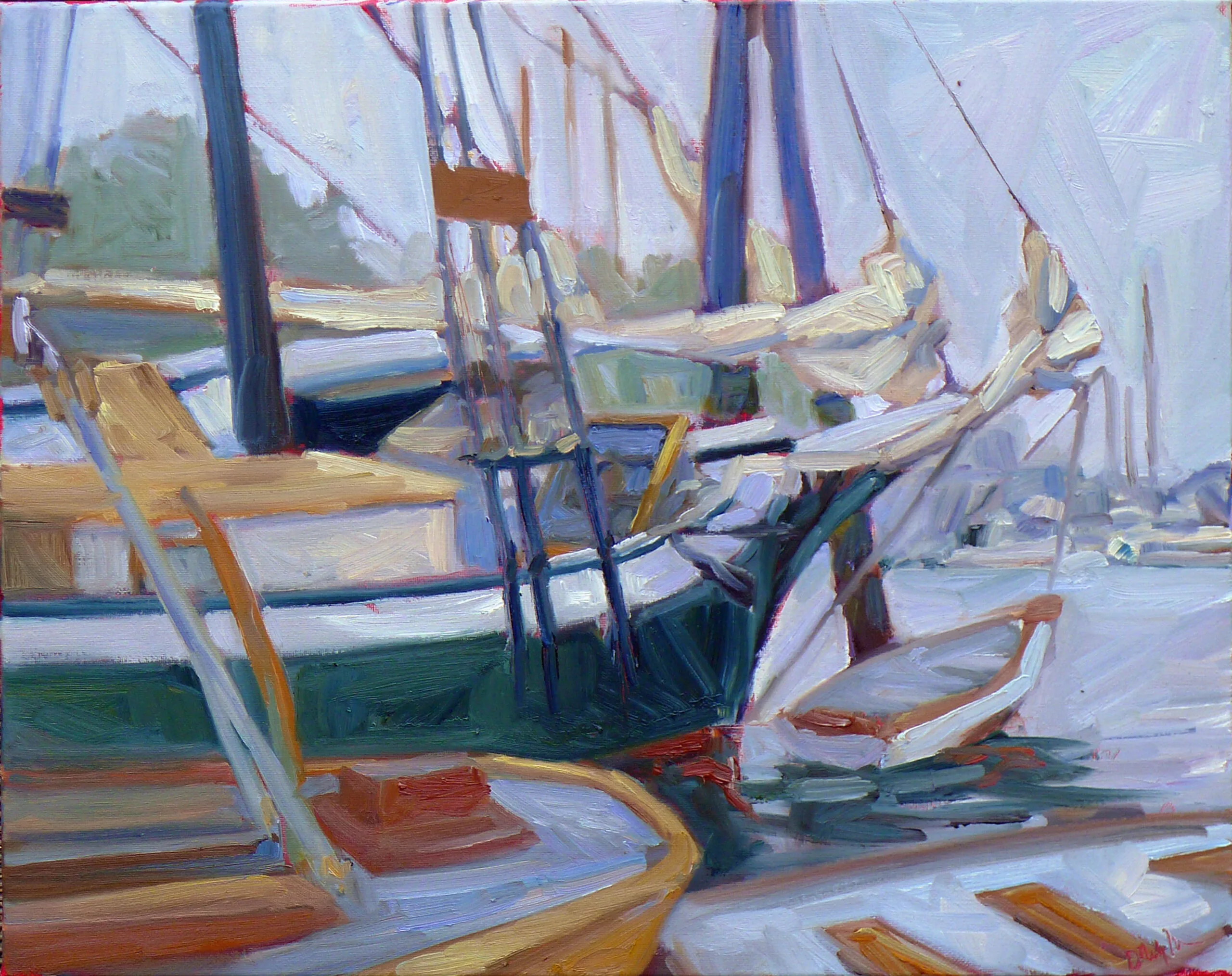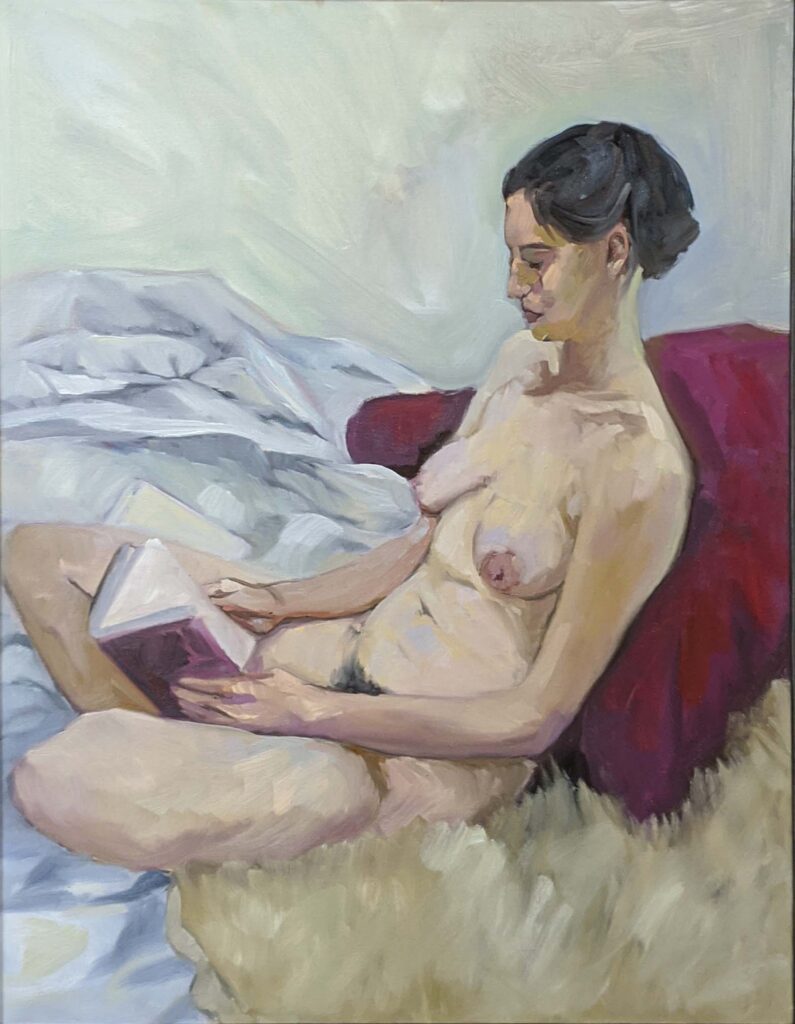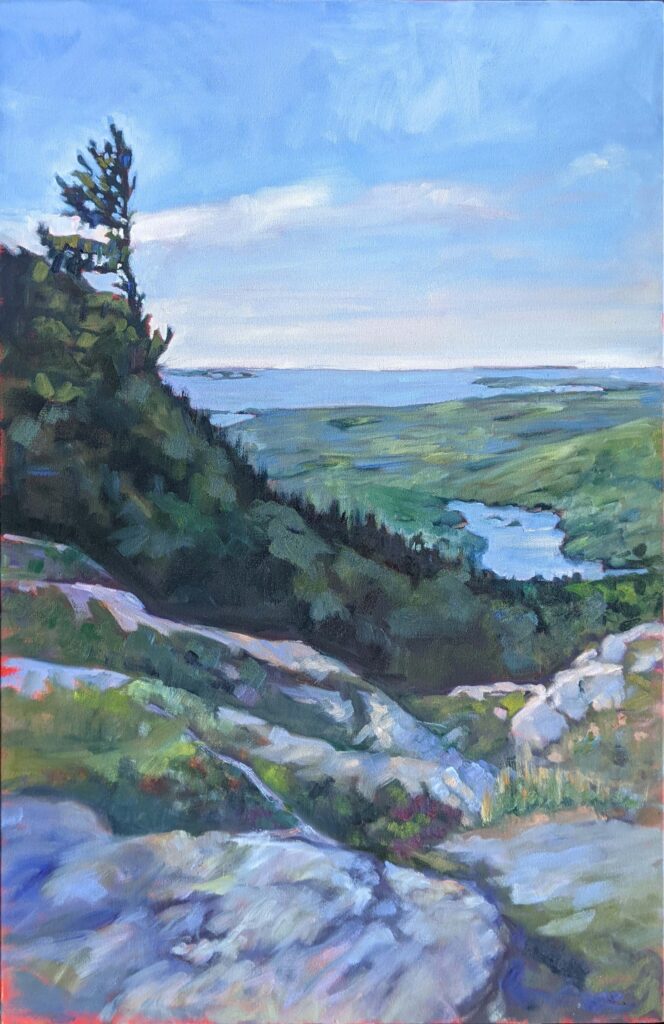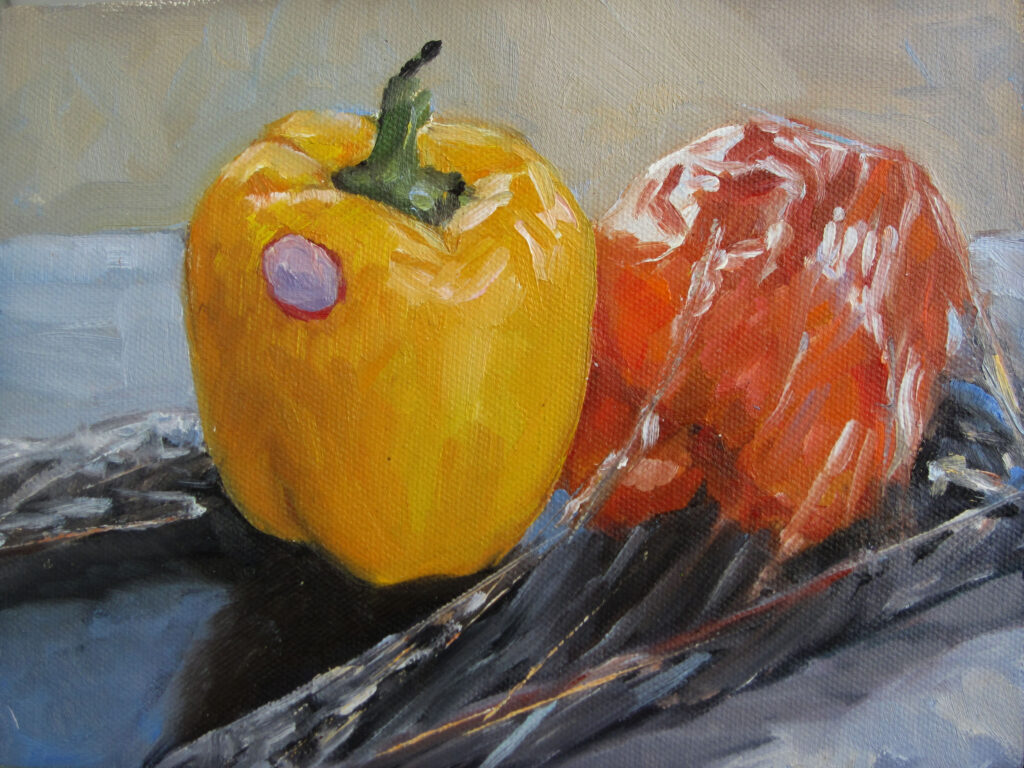Additive and subtractive light refer to two different color systems, each operating under different rules. The difference between the two is fundamental in color theory. They both affect painting, as one influences what we see, and the other influences what we put down on our paper or canvas.

Additive Light
Additive color mixing involves combining different colors of light to create new colors. The more colors you add, the closer you get to white light.
The primary colors of additive mixing are Red, Green, and Blue (RGB). When you mix these three primary colors of light at full intensity, you get white. By varying the intensity of these lights, you can produce a wide range of colors.
This is the light system of computer screens, televisions, and stage lighting. More importantly, it’s the light system of the world that surrounds us, thanks to our sun.
Subtractive Light
Subtractive color is what happens in printing, painting, and any medium that relies on reflected light. In them, mixing means absorbing (removing) certain wavelengths of light to produce color. Pigments, dyes, and inks all absorb certain colors and reflect others.
The primary colors of subtractive mixing are, more or less, those you learned in kindergarten: cyan (blue), magenta (red), and yellow. In printing, black is added, creating the CMYK model.

Color temperature
Color temperature is a measure of the color of light, expressed in degrees Kelvin (K). It describes the appearance of light and how warm or cool it looks to the human eye. Understanding color temperature is essential in painting.
At lower temperatures, the light appears red or orange (warm colors). As the temperature rises, the light shifts to yellow, white, and eventually blue (cool colors). Yes, that’s counterintuitive, because what we call warm or cool is influenced culturally, not by science.
Now that lightbulbs are tunable for color temperature, we may change how we feel about this, but historically, we’ve said:
-Warm light appears yellow/orange, and creates a cozy or sunlit atmosphere.
-Cool light appears blue/white, and creates a crisp and focused atmosphere.
-Neutral light: doesn’t have a color… and neither does its shadow.
Manipulating these in painting gives paintings an overall mood, which is why photographers covet the golden hours of early morning and late afternoon.

The color of shadows
Shadows being the absence of light, they are also the complement of the light source (what’s left when the light is blocked). However, they’re not the complement within the subtractive light system, but the additive light system. It’s not as simple as saying “it’s gold light, so the shadow is purple,” although most people wouldn’t quibble about that.
Every color of light has RGB values, which are a system for representing colors on digital displays. We could find the complement, or shadow color, by subtracting the RGB values of the light from 255, which would give us a blue-violet. However, that would be an absolutely insane solution to the question. Instead, use your eyes, which will tell you that the shadows of evening are blue or violet. Or, better yet, use your imagination along with your eyes.
Bouncy, bouncy light
There are some surroundings where reflected color is so strong that it blows out this kind of light structure. The greens of the deep forest are one, sitting under an awning is another, and my studio with its natural wood paneling is a third. In these instances, the dominant color influences everything.
Learn more
I got home to find that I only have one more seat left in Applied Color Theory, which starts tomorrow. But there are always my workshops, below.
Reserve your spot now for a workshop in 2025:
- Advanced Plein Air Painting, Rockport, ME, July 7-11, 2025.
- Sea and Sky at Acadia National Park, August 3-8, 2025.
- Find Your Authentic Voice in Plein Air, Berkshires, MA, August 11-15, 2025.
- Immersive In-Person Fall Workshop, Rockport, ME, October 6-10, 2025.

